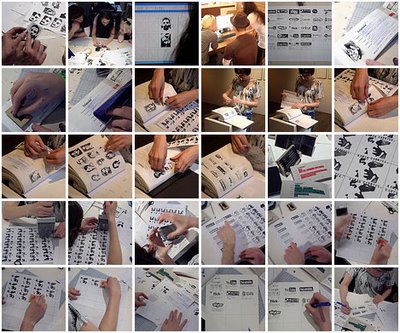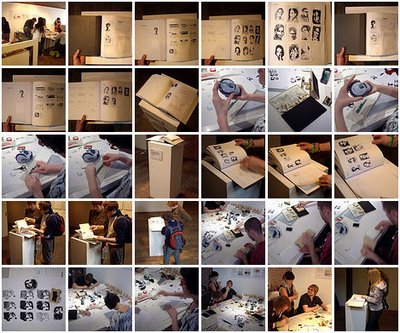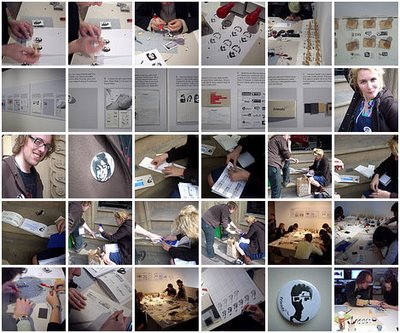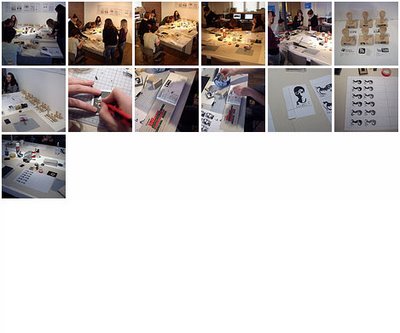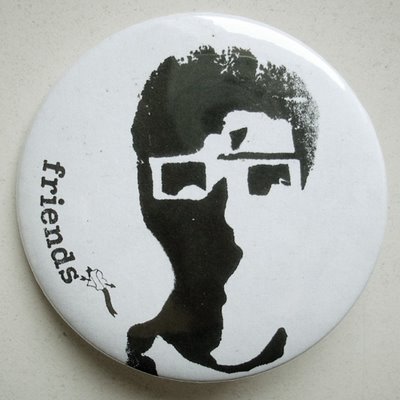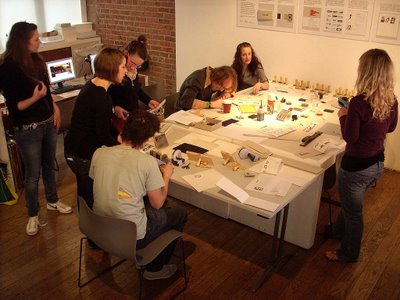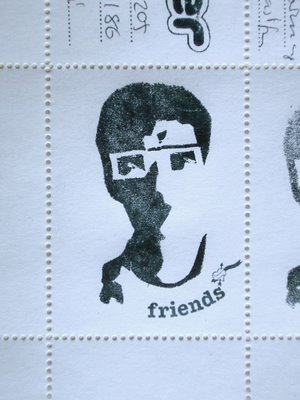Total Screen Time is a one night group exhibition on phones! All participating artists will bring a phone with their artwork on it, which will be mounted on the walls of the exhibition space. The idea behind the show is that the audience gets to peep through the hole of the artist’s phones to immerse into the artworks. LET’S BRAINROT TOGETHER! 🧠 In a collective and liberating moment, we also ask the artists to share their weekly screen time prior to the opening. WE ARE ALL GETTING EXPOSED LOL 🎀
participating artists:
Andreas Angelidakis, Margarita Athanasiou, Cory Arcangel, James Bridle, Constant Dullaart, Chioma Ebinama, Evoulix, Fruitgillette, Agape Harmani, Hristos Hantzis, Kathrin Hunze, 1g.00_0 (Dirk Paesmans), Karl Heinz Jeron, Anna Kalozoumi, Kakia Konstantinaki, Markella Ksilogiannopoulou, Leefwerk, Lynn Hershman Leeson, Lucile Littot, Miltos Manetas, Maria Mavropoulou, Anastasis-Panagis Meletis, Tokisato Mitsuru, Eva Papamargariti, Angelo Plessas, Captain Stavros, Kosts Stafylakis, Mandy Stergiou, Alexandros Touramanis, Connor Willumsen
curated by:
Aram Bartholl, Socrates Stamatatos & Theo Triantafyllidis
curatorial statement:
Our algorithmic life has been reduced to isolation and hostility the last few years. Alone in our echo chamber we are brain rotting endlessly, while each specific algorithm is surveilling our every move and gatekeeping the process of our actions. To quote the famous philosopher and poet, Britney Spears:
“What am I to do with my life?
How am I supposed to know what’s right?
I can’t help the way I feel
But my life has been so overprotected
I tell ’em what I like, what I want, and what I don’t
But every time I do, I stand corrected
Things that I’ve been told, I can’t believe
What I hear about the world, I realize I’m overprotected.”
Meanwhile, everyone seems to be obsessed with their screen time. Some are trying to downsize it, some are accepting their ‘terminally online’ identity, some perceive it as a competition, and some—as always, simply don’t care. Enough with the heavy! We invited thirty artists to present digital works through their own personal devices, extending an intimate invitation for audiences to peer through the artist’s screen—a portal into their unique, brainrot-filled worlds. From personal and collective imagery to camp, critical takes on surveillance, viral memes, and wholesome escapism—artworks from every corner of the digital psyche are on display. This one night exhibition is about connecting, sharing in the joy of deep-frying our brains, rather than in isolation. And we think THAT’S HOT!
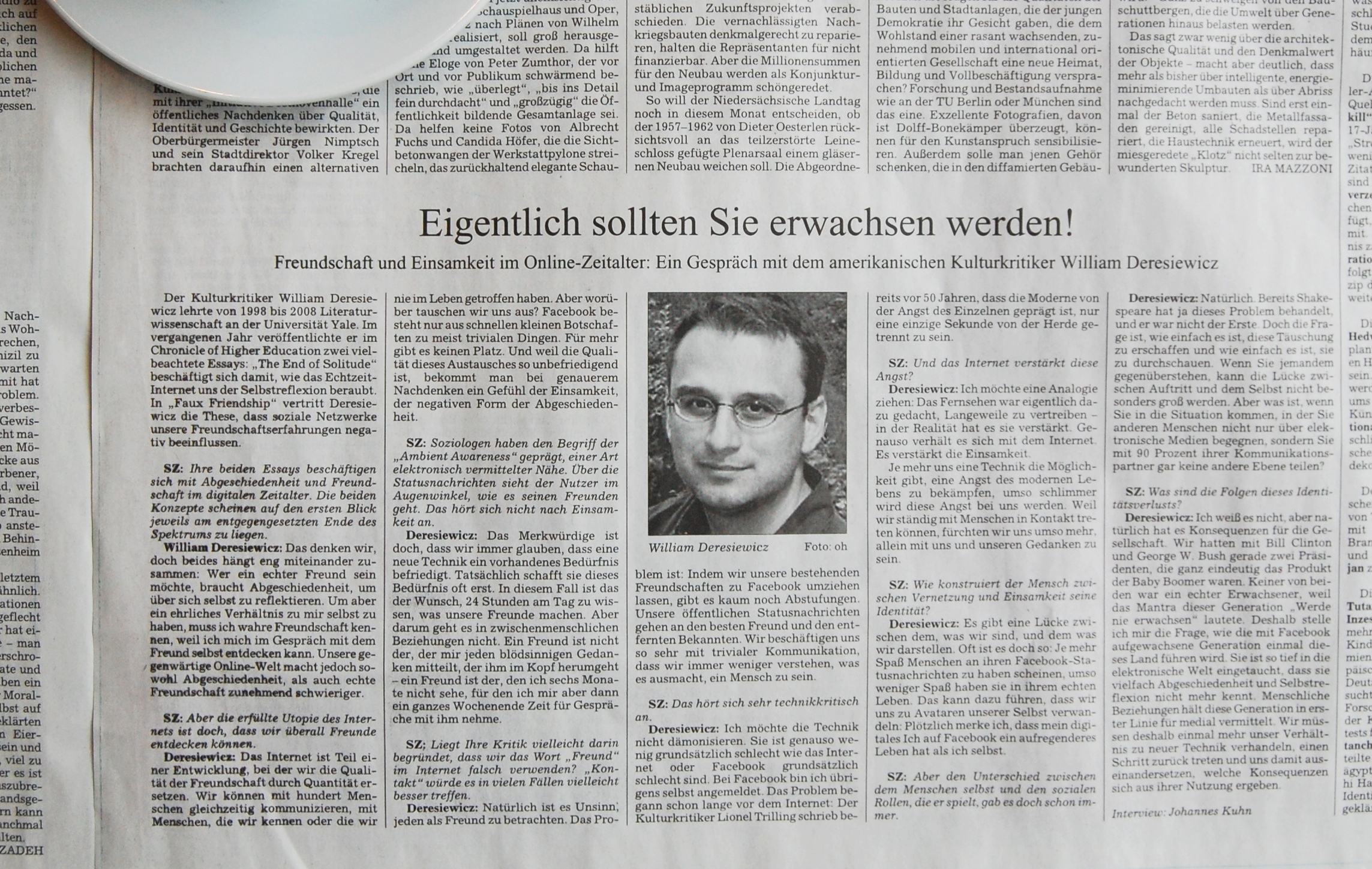 I agree on most of what he says and many of these questions were raised during the “Friends” workshop I ran at Futuresonic in 2008 . Unfortunately this won t reach my 359 ex-facebook friends any more… haha. I quit 2 days ago ….
I agree on most of what he says and many of these questions were raised during the “Friends” workshop I ran at Futuresonic in 2008 . Unfortunately this won t reach my 359 ex-facebook friends any more… haha. I quit 2 days ago ….


